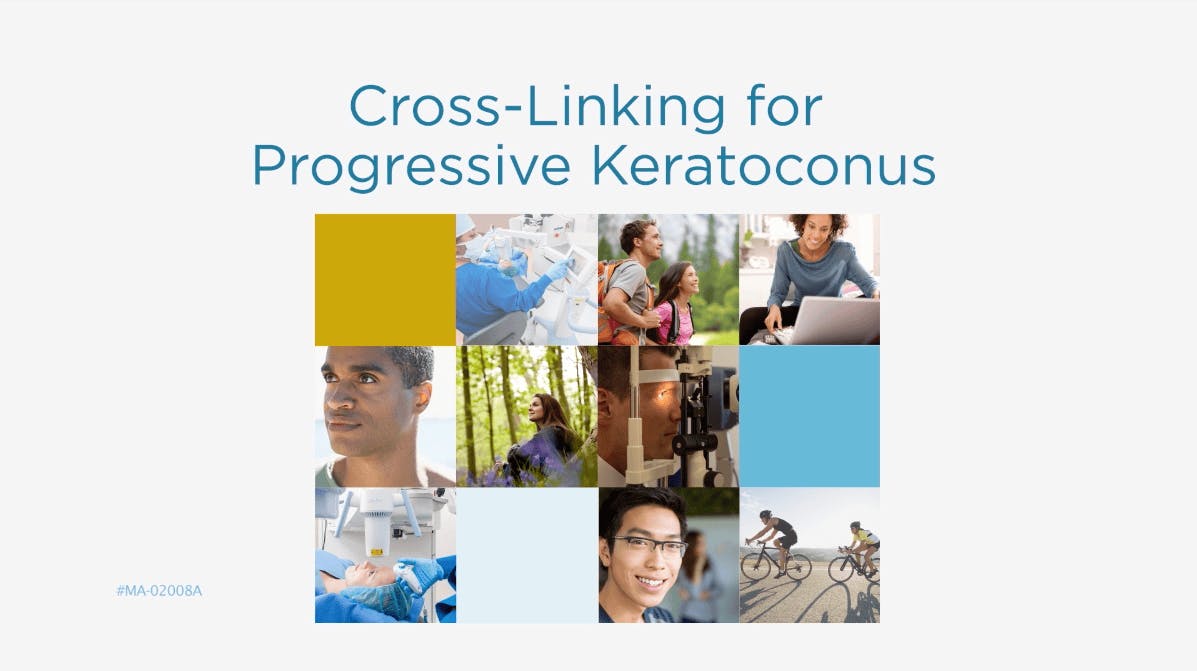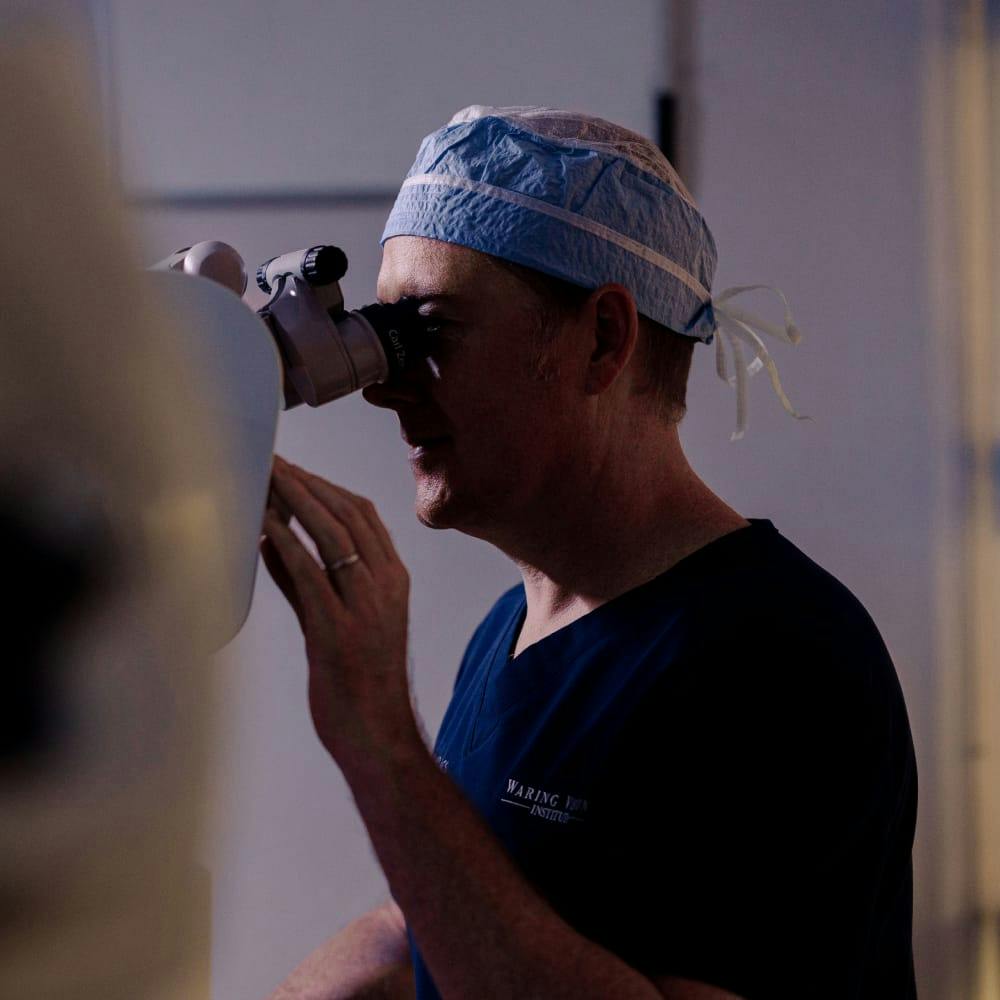At the Waring Vision Institute, we are involved in advanced research and development of eye disease treatments. We offer clients suffering with progressive keratoconus a highly-effective procedure called “corneal cross linking".
Candidates for Corneal Cross Linking
Keratoconus is not a rare condition. The frequency of the disease is estimated to be one in every thousand people. Most often, keratoconus starts in childhood, typically between the ages of 10 and 25 years of age. Vision tends to worsen at varying speeds – but often quickly - with the disease progressing until reaching the forties. A younger person who is suffering with progressive keratoconus should be evaluated to determine if CXL is an appropriate treatment to halt the advance of the disease. Some clients who have experienced problems after LASIK surgery may also be candidates.














